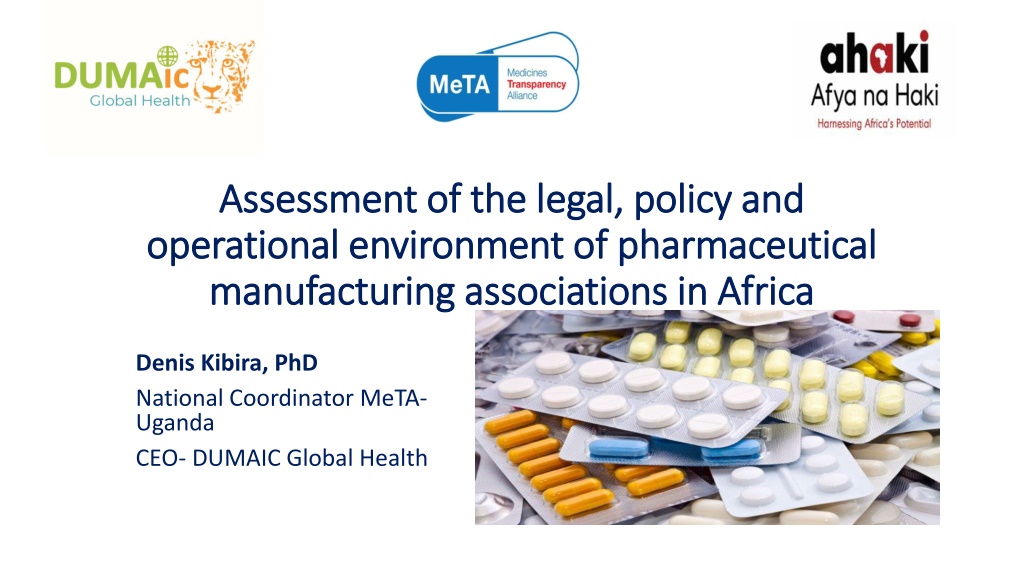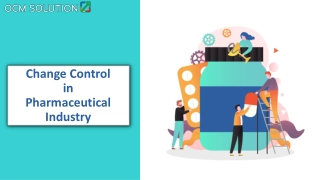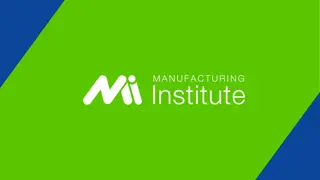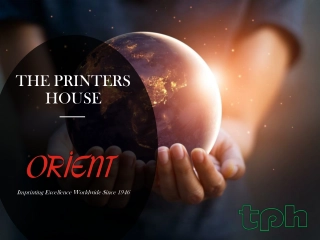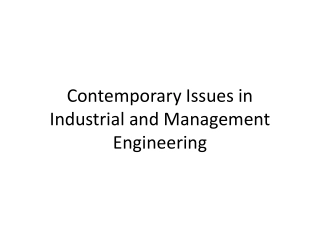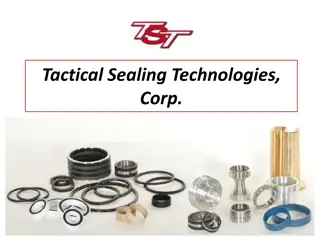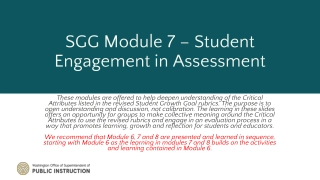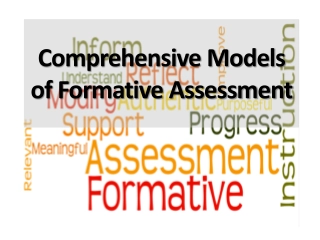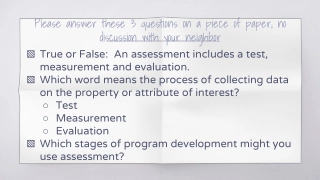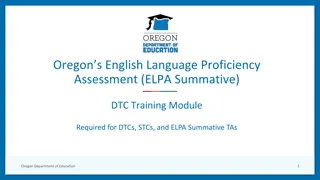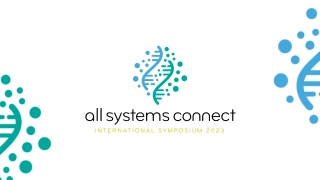Assessment of Pharmaceutical Manufacturing Associations in Africa
The assessment delves into the legal, policy, and operational environment of pharmaceutical manufacturing associations in Africa, highlighting key issues such as governance, finance, roles prescribed by frameworks, and engagement with governments and communities. The study utilizes qualitative methods and stakeholder mapping to explore the dynamics of these associations in the region.
Download Presentation
Please find below an Image/Link to download the presentation.
The content on the website is provided AS IS for your information and personal use only. It may not be sold, licensed, or shared on other websites without obtaining consent from the author. Download presentation by click this link. If you encounter any issues during the download, it is possible that the publisher has removed the file from their server.
Presentation Transcript
Assessment of the Assessment of the legal, policy and operational environment of pharmaceutical operational environment of pharmaceutical manufacturing associations in Africa manufacturing associations in Africa legal, policy and Denis Kibira, PhD National Coordinator MeTA- Uganda CEO- DUMAIC Global Health
About About MeTA MeTA & DUMAIC & DUMAIC MeTA is a multi-stakeholder platform to improve access to health commodities. We are a catalyst/driver for change. Core principles: Transparency and accountability Priorities: Availability, Cost, Quality, Rational use of medicines DUMAIC is the host of MeTA-Uganda: Working to advance innovative global health solutions through research, capacity building, policy engagement for health systems strengthening Duma symbolizes power, speed, and grace
Medicines in Africa Medicines in Africa
Background Background Africa accounts for 25% of the global disease burden, the bulk of infectious disease (75% of HIV/AIDS pandemic, 90% of malaria cases and deaths) and more than 50% of the global deaths of children under five. Yet consumes only 1% of global healthcare expenditure. 1-in-3 people of the developing world are unable to access essential medicines. The value of the Africa pharmaceutical industry is estimated at about $65 bn, whole health market of the continent is projected to reach $259 bn by 2030. Sub-Saharan pharma market value is estimated at $14 bn but 70 - 90% of the medicines are imported mainly from China and India. Dependence on imports exposes the countries to unreliable supply chains Pharma Manufacturing Associations play an important role in providing a voice for the industry.
Qns of Study i. What are the governance and finance issues surrounding the operation of pharmaceutical manufacturing associations in the African region? ii. What are the roles of the pharmaceutical manufacturing associations across the region? And what roles are prescribed for these associations by the legal and policy frameworks? What roles should be prescribed by these frameworks? iii.How do pharmaceutical manufacturing associations engage with governments across the region? iv.How do pharmaceutical manufacturing associations engage with communities across the African region?
Methods Study utilized qualitative methods A mapping of relevant pharmaceutical manufacturing industry stakeholders Document review of policies, reports, publications: Published articles PubMed database were systematically searched and screened following a pre-defined strategy with key search words: (("pharmaceutical*"[Title/Abstract] OR "medicine*"[Title/Abstract] OR "drug*"[Title/Abstract]) AND ("manufactur*"[Title/Abstract] OR "production"[Title/Abstract])) AND ("association"[Title/Abstract] OR "society"[Title/Abstract]). KII
Preliminary Findings Preliminary Findings
The The Associations Region/Country Continental Association Federation of African Pharmaceutical Manufacturers Associations (FAPMA) Federation of East African Pharmaceutical Manufacturers (FEAPM) South African Generics Manufacturers Association (SAGMA) West African Pharmaceutical Manufacturers Association (WAPMA) Kenya Association of Pharmaceutical Industry (KAPI) The Pharmaceutical Industry Association of South Africa (PIASA) Innovative Pharmaceutical Association of South Africa (IPASA) Generic and Biosimilar Medicines of Southern Africa (GBMSA) Tanzania Pharmaceutical Manufacturers Association (TPMA) Uganda Pharmaceutical Manufacturers Association Zambia Pharmaceutical Manufacturers Association (PMA) Zimbabwe Pharmaceutical Manufacturers Association (PMA) East Africa SADC West Africa Kenya South Africa Tanzania Uganda Zambia Zimbabwe
Global and Regional Policy frameworks Towards Access 2030: WHO Essential Medicines and Health Products Strategic Framework 2016-2030 WHO Global Strategy and Plan of Action on Public Health Innovation and Intellectual Property WHO Local Production for Access to Medical Products: Developing a Framework to Improve Public Health 2011 African Union Model Law on Medical Products Regulation Pharmaceutical Manufacturing Plan for Africa Partnership on African Vaccine Manufacturing (PAVM) Framework for Action, 2022 African Continental Free Trade Area The East African Community (EAC) Industrialization Policy 2012 2032 EAC Pharmaceutical Bill 2020 The 2nd EAC Regional Pharmaceutical Manufacturing Plan of Action (RPMPOA) 2017 2027 SADC Industrialisation Strategy SADC Pharmaceutical Business Plan Besides EAC RPMPOA the reviewed Policies did not mention Pharmaceutical Manufacturing Associations
Governance of the Associations Established as voluntary non-profit organisations Governed by Constitutions Elected/nominated Board members: Chairperson Vice Chair Secretary Treasurer Members Secretariats: 1-2 staff Key issues: Secretariats depended on mostly donor projects Most currently run on voluntary basis Offices hosted by Chairperson or Coordinator Limited visibility (website, social media presence)
Duties of the Associations Duties of the Associations Platform for common voice Research Preparation of position/policy papers Organise lobby and advocacy engagements Trainings to members Sharing of information and opportunities Represents private sector on regional/continental advisory bodies e.g Africa Business Forum, AMRH, ZAZIBONA etc Broker partnerships with innovators for tech transfer Review of technical documents Employee unions: wage negotiations
Financing Financing Sources: Fees and payments from members Donations Grants Key issues: Members contributions are meagre: 10-30% of budget raised Reliance on support from donors: GIZ, UNIDO. This funding has run out Don t see possibility for Govt support
Collaborations with stakeholders Collaborations with stakeholders Involvement in activities: AUC, ACFTA, AMA, PMPA, AMRH, WHO, PEPFAR, Africa CDC (But no MoUs) Memberships have extended to other e.g Professional Associations, Business associates, Academia (for SAGMA) MoUs btn FAPMA, SAGMA with GF 8-year project support for regional associations with UNIDO; some funding by GIZ Engagements with Govts have been for advocacy; advisory Partnerships with MeTA Countries- MSE Engagements with communities through CSOs and CSR medical outreaches
Key learnings Key learnings Pharma Manufacturing Associations fairly new on Continent Soundly governed and well organized at continental, RECs, and country level Successful initiatives already implemented Major support for Secretariats and meetings through projects No current existing donor projects Very limited funding: Fees from members minimal Activities are minimal and depend mostly on volunteers on the Boards: little visbility
Recommendations Recommendations Strengthen financing streams for functional Secretariats Increase collaborations with academia and CSOs Improve visibility: through websites, social media presence Ensure more legitimacy through presence in Policy documents Increase collaboration with Govts: presence on TWGs and other advisory bodies PUBLISH, PUBLISH, PUBLISH
ASANTE SANA ASANTE SANA
